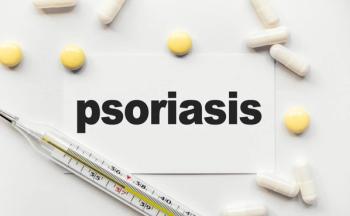
Clinical Documentation Improvement Helps Providers with ICD-10 Transition
Most providers associate clinical documentation improvement (CDI) with the transition to ICD-10 coding, however, CDI - a process in which care providers receive feedback from specialists who review clinical documents - may also deliver clinical and financial benefits for healthcare organizations.
Most providers associate clinical documentation improvement (CDI) with the transition to ICD-10 coding, however, CDI — a process in which care providers receive feedback from specialists who review clinical documents — may also deliver clinical and financial benefits for healthcare organizations.
The main benefit of CDI is the feedback loop that it creates. It can fill the gaps in care including those found in documentation, coding, quality, and many other aspects involved with the overall care management of a patient.
Georges Feghali, MD, Chief Medical Officer and Chief Quality Officer at TriHealth Medical health system, said that his organization adopted CDI to develop consistency between the clinical and coding language that physicians use.
“The problem is that when physicians write in clinical terms that they understand, they assume everybody else understands those terms. But they don’t. For example, 1 term that is very commonly used is urosepsis. What urosepsis means to a physician is that somebody’s septic and the origin of the sepsis is urinary. But the coding interpretation of urosepsis is a urinary tract infection. With a urinary tract infection, you treat the patient with antibiotics for a couple of days and the problem is gone. No big deal. But actual urosepsis has a 25% mortality rate to it,”
They found that correctly coding urosepsis and UTIs also saved money — an estimated cost difference of $7,000 when they conditions were appropriately coded.
For many physicians, though, the transition to ICD-10 can seem burdensome. They translate the additional or new codes as extra work and documentation. CDI specialists can serve an important role in training physicians because they can show providers how they can integrate coding into their work flows.
“As a physician, I don’t want too many things when it comes to documentation. Don’t make me lie; don’t make me do it for financial purposes. Tell me why we do it, and I will change the behavior,” said Dr Feghali. “I don’t think there’s a physician on earth who is going to say, ‘I don’t care how I look, so I’m going to keep writing it the wrong way.’”
Around the Web
CDI Produces Financial, Clinical Benefits Apart from ICD-10
Newsletter
Stay ahead of policy, cost, and value—subscribe to AJMC for expert insights at the intersection of clinical care and health economics.






































